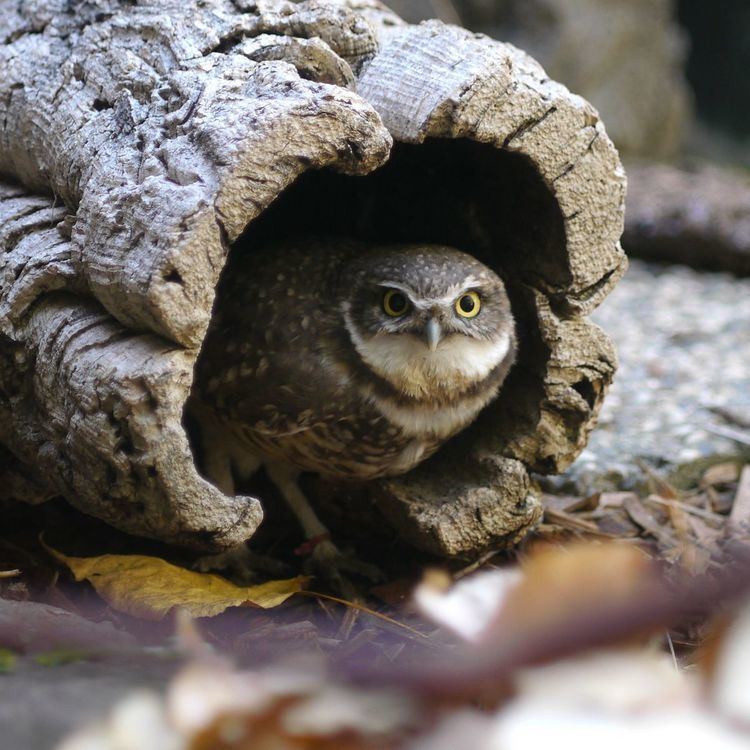Date opened 1954 Land area 3 acres (1.2 ha) Annual visitors 75,000 Opened 1954 Founded 1954 | No. of animals 100 Memberships AZA Phone +1 650-342-7755 | |
 | ||
Address 1651 Coyote Point Dr, San Mateo, CA 94401, USA Hours Closed today MondayClosedTuesday10AM–5PMWednesday10AM–5PMThursday10AM–5PMFriday10AM–5PMSaturday10AM–5PMSunday10AM–5PM Similar Coyote Point Park, Happy Hollow Park & Zoo, Laurelwood Park, Charles Paddock Zoo, Oakland Zoo Profiles | ||
Curiodyssey s backyard science exhibit
CuriOdyssey, formerly Coyote Point Museum for Environmental Education, and Coyote Point Museum, is an experiential science and wildlife center for children and families. Located at 1651 Coyote Point Drive in San Mateo, California, it is part of the Coyote Point Recreation Area, which overlooks the San Francisco Bay. The museum was founded in 1954 as the San Mateo County Junior Museum, and is accredited by the Association of Zoos and Aquariums (AZA).
Contents
- Curiodyssey s backyard science exhibit
- Curiodyssey s raccoons and their stories
- History
- Planned expansion
- Exhibits
- Event rentals
- Education
- References
The animals at CuriOdyssey are all injured or imprinted in such a way that they would not survive in the wild. Most of the animals are native to California, though there are some animals that are housed here as part of the museum's Animal Ambassador program.
Curiodyssey s raccoons and their stories
History
Coyote Point was originally an island with the San Francisco Bay on one side and tidal flats on the other. In the 1800s the tidal flats were filled in for use in dairy farming, and these are now a golf course. In the early 1900s the land was turned into an amusement park, but this park was abandoned in 1923.
During World War II, Coyote Point was home to a U.S. Merchant Marine cadet school, which eventually became the first campus of the College of San Mateo. In 1962 the county bought the land, and in 1963 the college moved to its current location and the county park was established.
The museum was founded in 1954 by the Junior League of San Francisco as the San Mateo County Junior Museum, and was housed in a Quonset hut on the point. It was renamed "Coyote Point Museum for Environmental Education" in 1974, and the main museum building opened in 1981. In 1991, the museum opened its Wildlife Habitats to show live animals that represented the ecosystems of San Mateo County
In July 2006, the museum made its mounting $745,000 deficit public. In August, it announced that it was considering two proposals to save the museum: one from "Campaign to Save Coyote Point Museum," and the other from the "11th Hour Project," which proposed to scrap the museum and build an education center for global warming. In 30 days, the Campaign to Save Coyote Point Museum had raised $540,247 in pledges from 776 donors, with an additional pledge from the Tomkat Foundation of $500,000 over four years. In September 2006, they officially took over management of the museum.
Rachel Meyer, formerly executive director of the Palo Alto Junior Museum and Zoo and Chief Curator of Exhibits at the Exploratorium, was named the new executive director of CuriOdyssey (then Coyote Point Museum) on March 19, 2007. With Meyer's arrival,the organization re-oriented to focus on young children, offering them direct, life-charting experiences with science and nature.
On January 15, 2011, Coyote Point Museum officially unveiled its new name, CuriOdyssey.
CuriOdyssey installed two public art installations in 2013. The first, designed by Eric Maschwitz and mounted on the exterior of the building, consists of more than 200 pinwheels, illustrating the wind currents at Coyote Point. The second, created by Mark Brest van Kempen, consists of more than 100 weather vanes.
Planned expansion
CuriOdyssey announced a renovation projected to cost US$35,000,000 (equivalent to $35,360,000 in 2016) in 2015. Annual attendance reached 170,000 in 2014, and museum leadership drew up plans in conjunction with Fernau & Hartman to increase classroom and exhibit space within the same footprint. As of 2016 fundraising has reached $22M, drawing from community sources and matching funds from the TomKat Foundation.
Exhibits
The museum has several interconnected areas that are intended to give young visitors an introduction to the sciences and natural history of the San Francisco Bay Area.
Event rentals
CuriOdyssey is available to rent for special events such as weddings, banquets and conferences. The three-level Redwood Hall has views of the Bay, audio-visual capabilities and capacity for up to 300 guests reception-style. The outdoor gardens can also be used after hours for cocktail parties or intimate wedding ceremonies. Event guests may explore the indoor interactive exhibits, outdoor animal habitats and trails, or by special arrangement, even feature an animal ambassador in their event.
Education
The museum offers a range of hands-on programs designed for school and group educators in the sciences, as well as programs for the general public that help visitors explore, discover, and interact with nature and natural phenomena. The CuriOdyssey Mobile Museum and Animal Ambassadors regularly visit public parks as well as schools and other sites by special arrangement.
